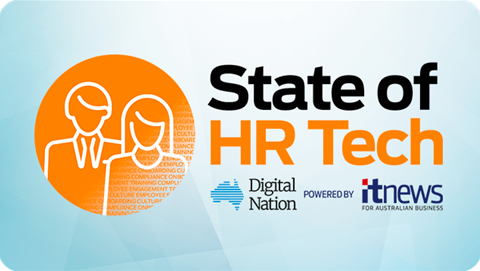Dramatic market disruptions have forced business models to transform, but boards remain largely unchanged, leaving them ill-equipped to deal with changing societal pressures.
Dr Dean Blomson, board governance specialist, and author of EY’s recent report Board of the Future, spoke to Digital Nation to discuss the key elements required for boards to meet transforming societal needs and successfully discharge their director’s duties.
He says, “Boards are trying to respond to the growing pace of change and transformation. Because the enterprises they're sitting upon are transforming at greater rates and in far more profound ways, partly because of digital, but also just because customers are changing, markets are changing.”
Board composition
According to Blomson, boards often represent only shareholder needs, without reflecting the needs of any other stakeholder.
“Directors serve at the whim of the shareholders generally,” says Blomson.
“Publicly listed enterprises are not there as the representatives of all stakeholder groups, customers, consumers, communities, the government, the regulators, they are not their representatives. That said, that said they need to absolutely understand the legitimate needs, desires, expectations of those various constituencies.”
Blomson suggests that boards need to better represent all stakeholder groups including employees, suppliers, customers and regulators and government — with the board composition changing based on the needs of the company.
He describes a scenario where boards could better represent the needs of employees, “one way that we could do it in the Australian board system is to have a couple of employee representatives, or to have an employee committee of some kind, that you have to interface with maybe once or twice a year, where you may be talking about employee issues, employee expectations, employee engagement.”
Attracting new talent to the board
“Working out what [boards] need is one thing, finding the skills is another,” says Blomson.
The composition of traditional boards, according to Blomson, is largely made up of retired, male, white and wealthy ex-legal, accounting and financial services professionals. He argues that the homogenous nature of boards is problematic in the attempt to onboard new and diverse talent.
“That's, of course, got very significant implications if you want to bring in the next generation of board members, particularly guys or girls who are really at the peak of their careers,” says Blomson
“They are Chief Digital Officers somewhere maybe they suspicious digital advisors, maybe even running a digital enterprise, getting them onto a board and exposing themselves to risk giving up their full time careers is hard. And so within the constraints of current board models, it's hard to find those skills that are here in Australia, but's hard to attract them.”
Digital Transformation
Blomson suggests that executive teams are making waves of transformation, particularly when it comes to digital, largely leaving boards struggling to catch up.
“[In enterprise] big strides are being made, there's no doubt about it. I don't see those same strides being made within the boards themselves or across the divide between the executive governance and in the board governance systems.”
Technology can play a key role in creating efficiencies for boards, for example, by using AI to quicken the manual effort of collating information to the board.
“Most company secretaries, most CFOs, most CEOs, they will tell you, it is still an enormous manual effort to provide information to the board in a timely and digestible way, every two months or whenever they need. So it's still largely a manual modus operandi.
I think there is huge opportunity for dialogue amongst the executive team, first and foremost, and then upwards to the board about how do we make decisions in a way that's far more agile? How do we get AI to help us process the huge volumetric flow of data and provide actionable insights?”
According to Megan Motto, CEO of The Governance Institute of Australia, both boards and technology leaders need to learn to speak the language that each party understands.
“We need to as directors learn to speak the language of technology. But also technology experts need to speak the language of the director community,” says Motto.
The Governance Institute of Australia and CSIRO’s Data 61 recently did research into the barriers of technology in the boardroom and Motto says the results reveal that a misunderstanding between the two parties is one of the first blocks to sophisticated data analysis.
“Sophisticated data analysis, and increasingly real-time data, much faster data to the boardroom is going to be increasingly important. But similarly, directors have a responsibility here. And even in terms of their own conduct in the conduct of their meetings, you know, the old sending around board papers by PDF by email should be well and truly gone. If anyone sitting on a board is still doing that, I would urge them to think twice.”
Credit: The video was produced by Josh Lundberg, Matthew Ryan and Tejas Bhat.


_(20).jpg&h=140&w=231&c=1&s=0)


.png&h=140&w=231&c=1&s=0)



_(26).jpg&w=100&c=1&s=0)

 iTnews Executive Retreat - Security Leaders Edition
iTnews Executive Retreat - Security Leaders Edition












_(1).jpg&h=140&w=231&c=1&s=0)



